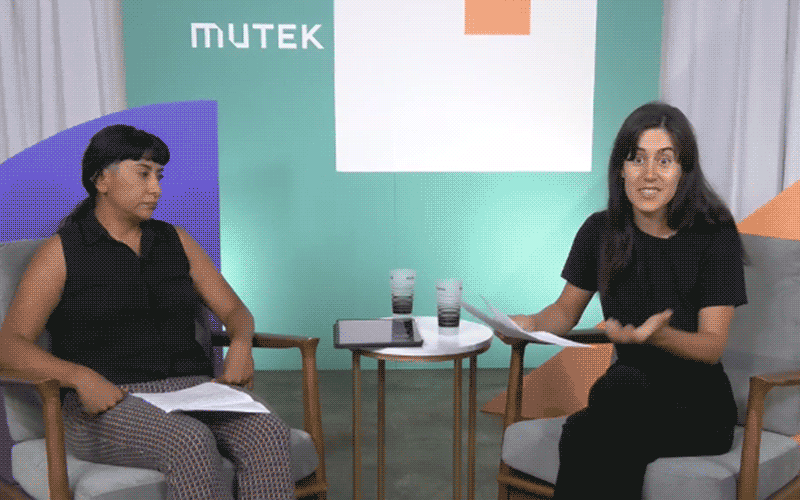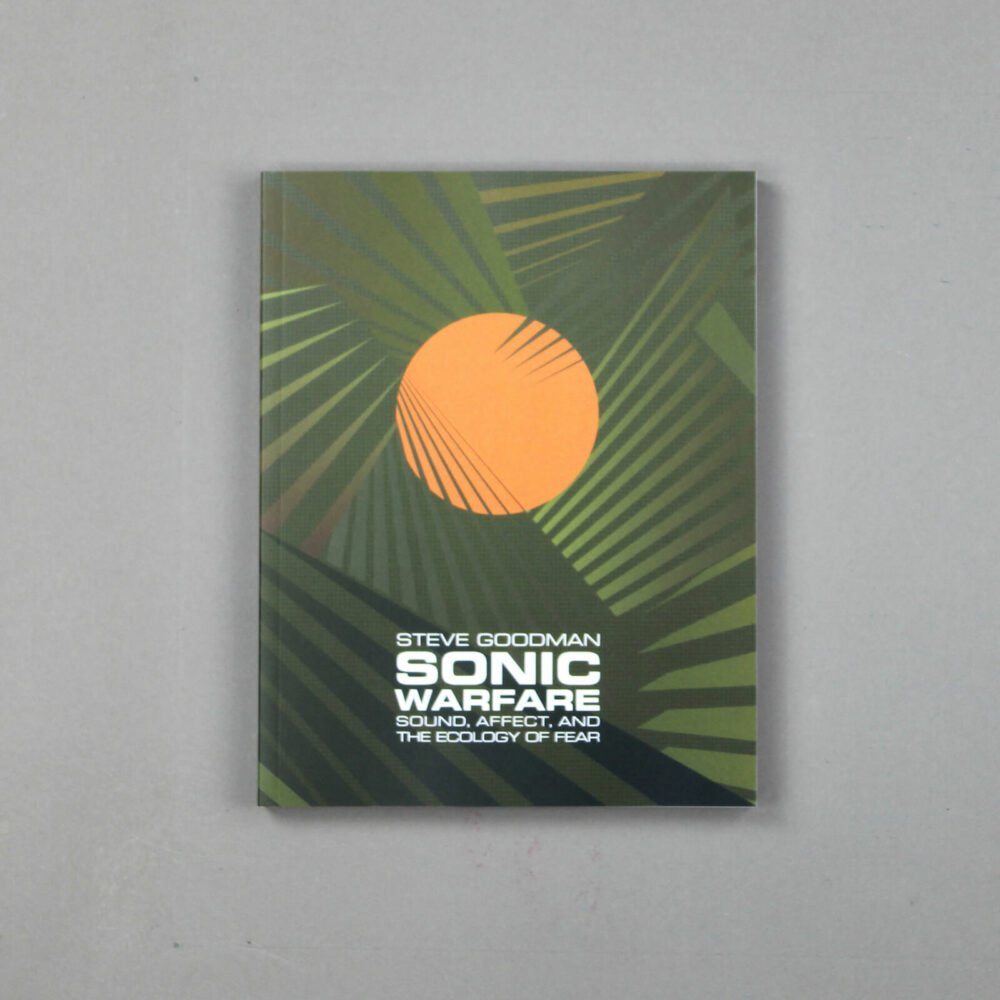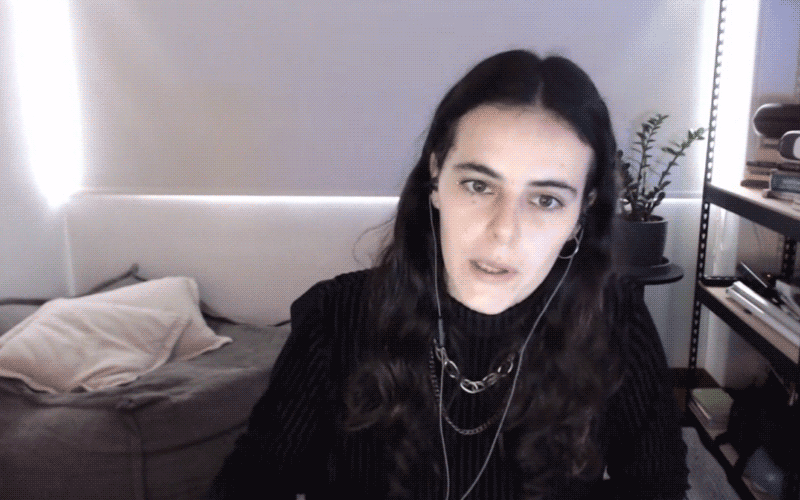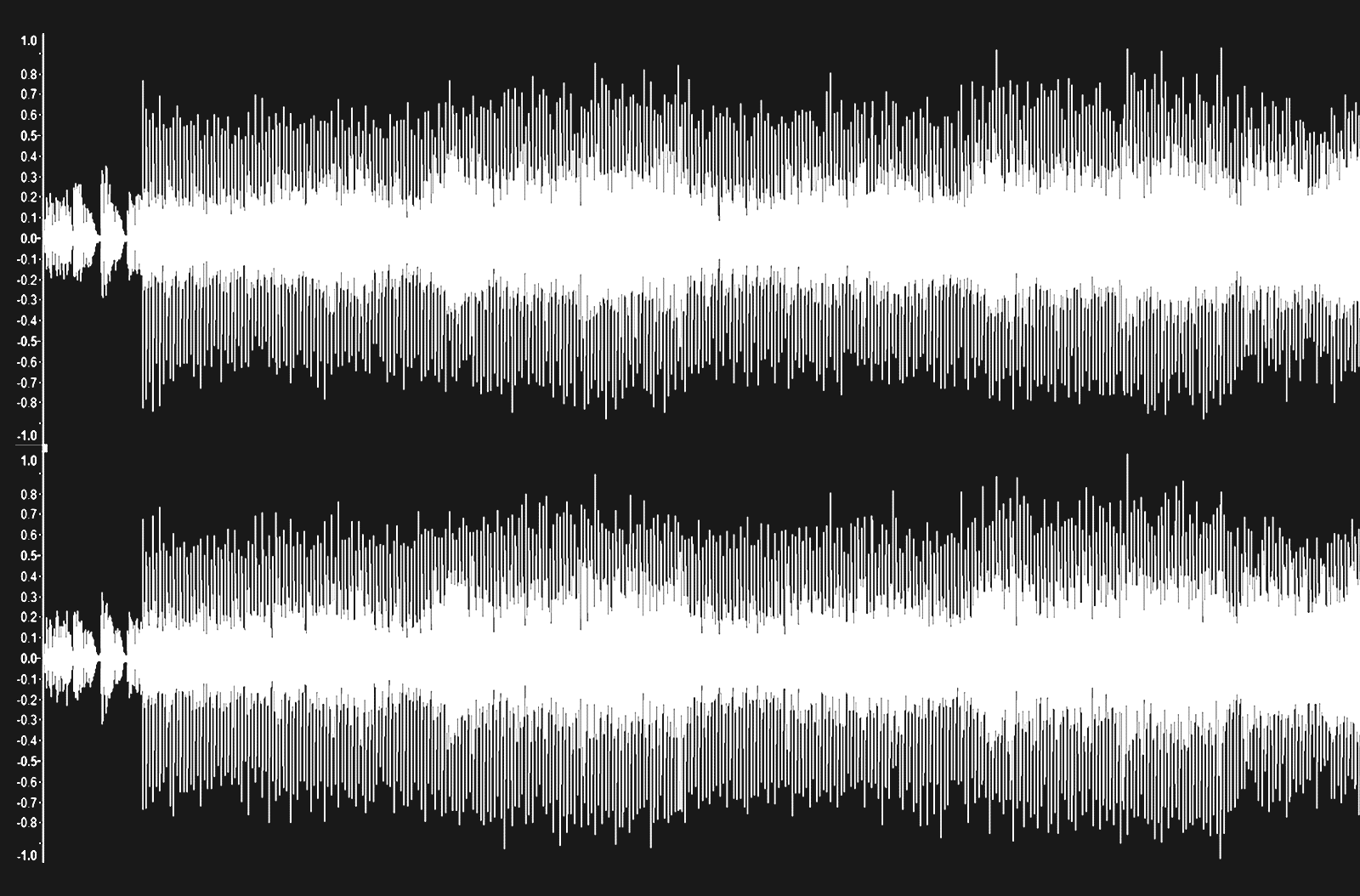← Explore
Panel
Does Volume Equal Power? The Use of Sonic Intensity in Electronic Music and Digital Arts
Speaker:
Analucia Roeder, Sol Rezza, Gabrielle HB, Amanda Guiterrez
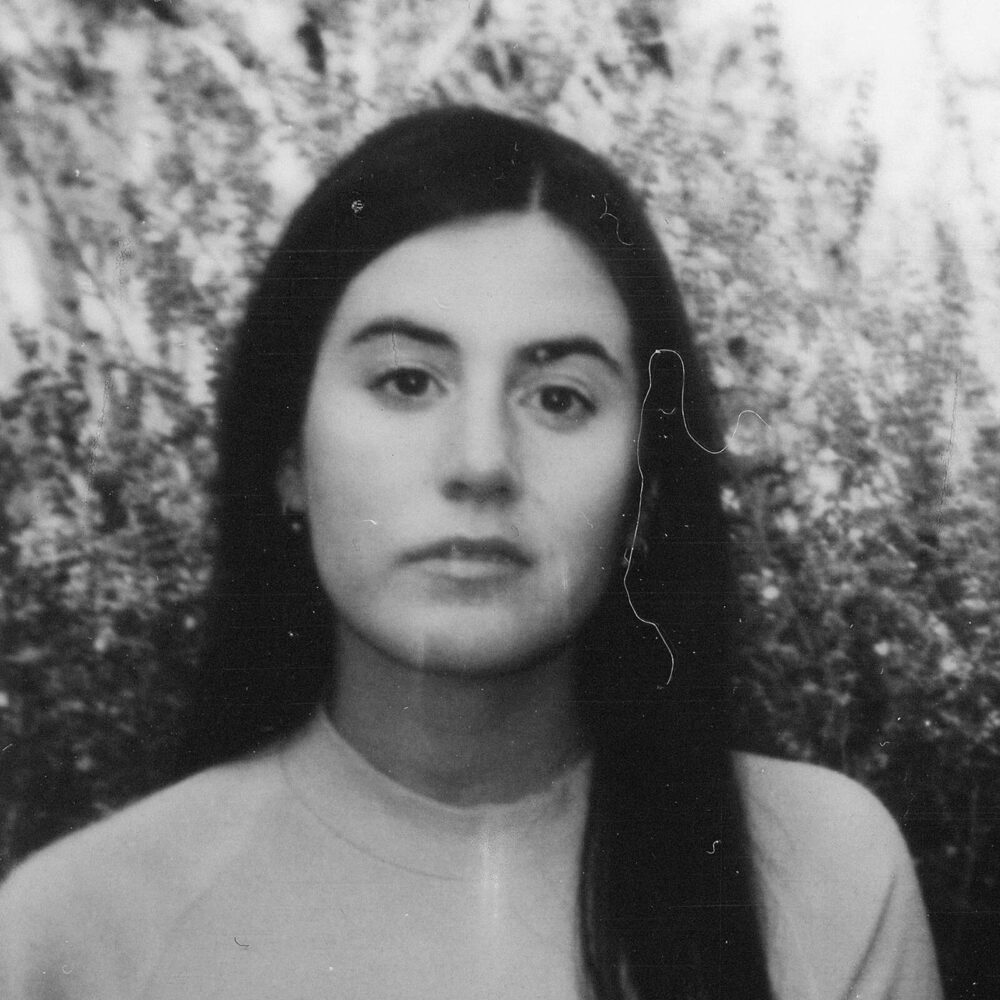
Profile:
Gabrielle HB
Gabrielle HB is a sound artist working between the unceded territories of Nitaskinan and Tiohtià:ke, known as Lanaudière and Montreal. She uses voice, words, synthesisers and field recording to generate works, oscillating between free improvisation and slow composition. Her album Playing the Daily Scores was presented during the 2020 edition of Suoni per il Popolo festival and she is a member of Le désert mauve and Jardin.
Soundbite:
“As I approached the venue, the whole block was shaking. The subwoofers were rumbling, I could feel it in the sidewalk underfoot. It turned out that this was the soundcheck, so I assumed it was the loudest it would get—and I was wrong. I had to leave the venue because I could not handle the intensity.”
Gabrielle HB, on a show that was so loud, she still remembers its volume
Takeaway:
The empathy and respect implicit in consent culture could easily be extended to sound. As digital art and music lovers we’ve gone to one or two shows that were just unbearably loud—and experienced the ringing in our ears hours or days later. In hindsight, isn’t that discomfort, to say nothing of the permanent hearing damage, a violation?
Takeaway:
Embodiment and immersion are ubiquitous ideas that we all understand. We desire stimulation and expect it from our digital media. However, perhaps we need to step back from this consumptive mindset and think about the types of experience we want and need, versus always default to the spectacular.
Takeaway:
The influence of AI is pronounced on many aspects of culture, but relative to listening it’s a bit more subtle in its influence. If algorithms are now tasked with aspects of mixing and mastering; compressing frequencies to conserve bandwidth; and building our custom-tailored playlists based on mood, previous activity, and demographics, they’re tangibly changing how we listen and what we hear, as well as picking the soundtrack to our lives.
Soundbite:
“Just like we have the one to five little red chillies on the menu that describe how hot the dish is at the restaurant—I think we need something similar for concerts.”
Gabrielle HB, on how promoters could signal how loud shows would be to listeners.
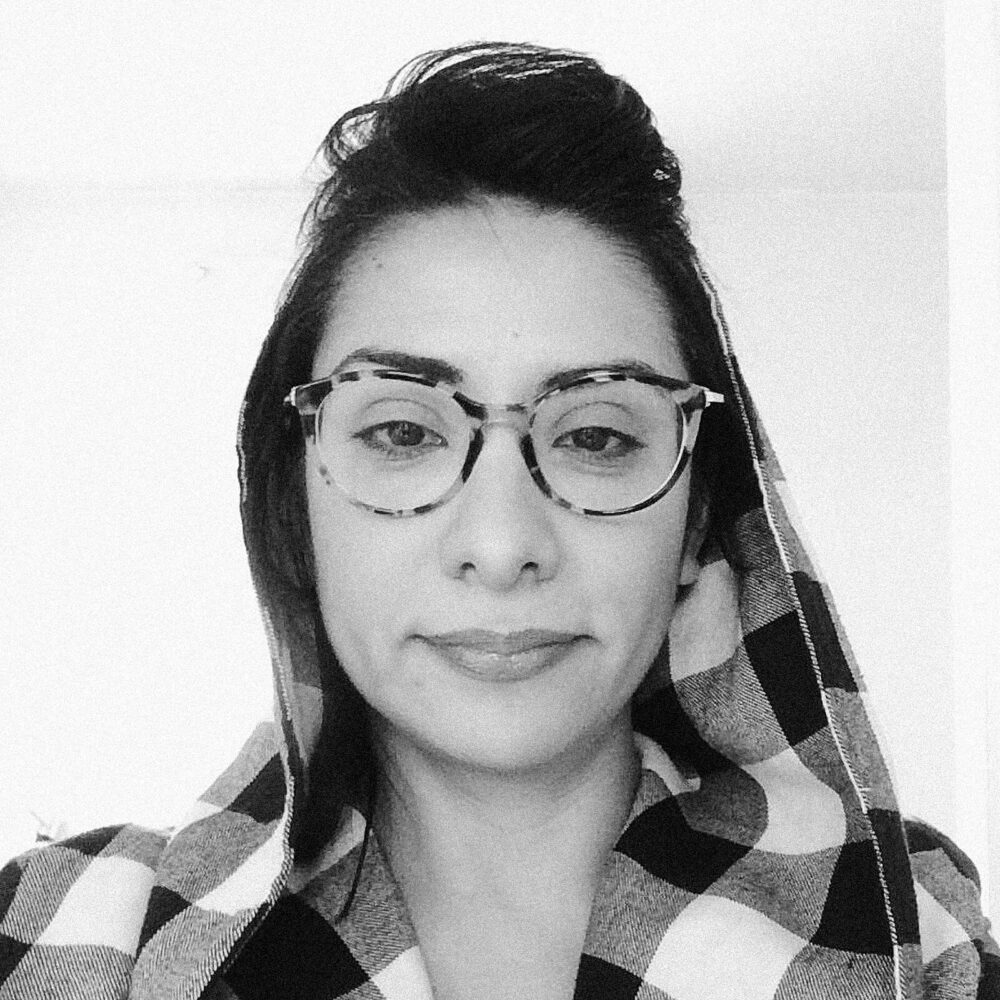
Profile:
Amanda Guiterrez
Amanda Gutiérrez is a Ph.D. student at Concordia University who uses a range of media, such as sound and performance art, to investigate the aural culture of everyday life. Gutierrez is actively advocating for listening practices while being one of the board of directors of the World Listening Project and serving on the scientific comitée of the Red Ecología Acústica México.
Reference:
As one of the driving forces in London’s early dubstep scene Steve Goodman (aka Kode9) knows a thing or two about bass music. His interests in dance music were always paralleled by deeper interests in sound as a type of violence, or mode of control, and PhD research he conducted on these topics was the subject of his 2012 book Sonic Warfare. In it, Goodman ties together many twentieth century threads—futurism, militarization, nefarious R&D—to map out the weaponization of sound. “The production of the ecology of fear is intensified under the shadow of ‘shock and awe,’” he writes of technologies like LRAD coming of age in the aftermath of the invasion of Iraq.
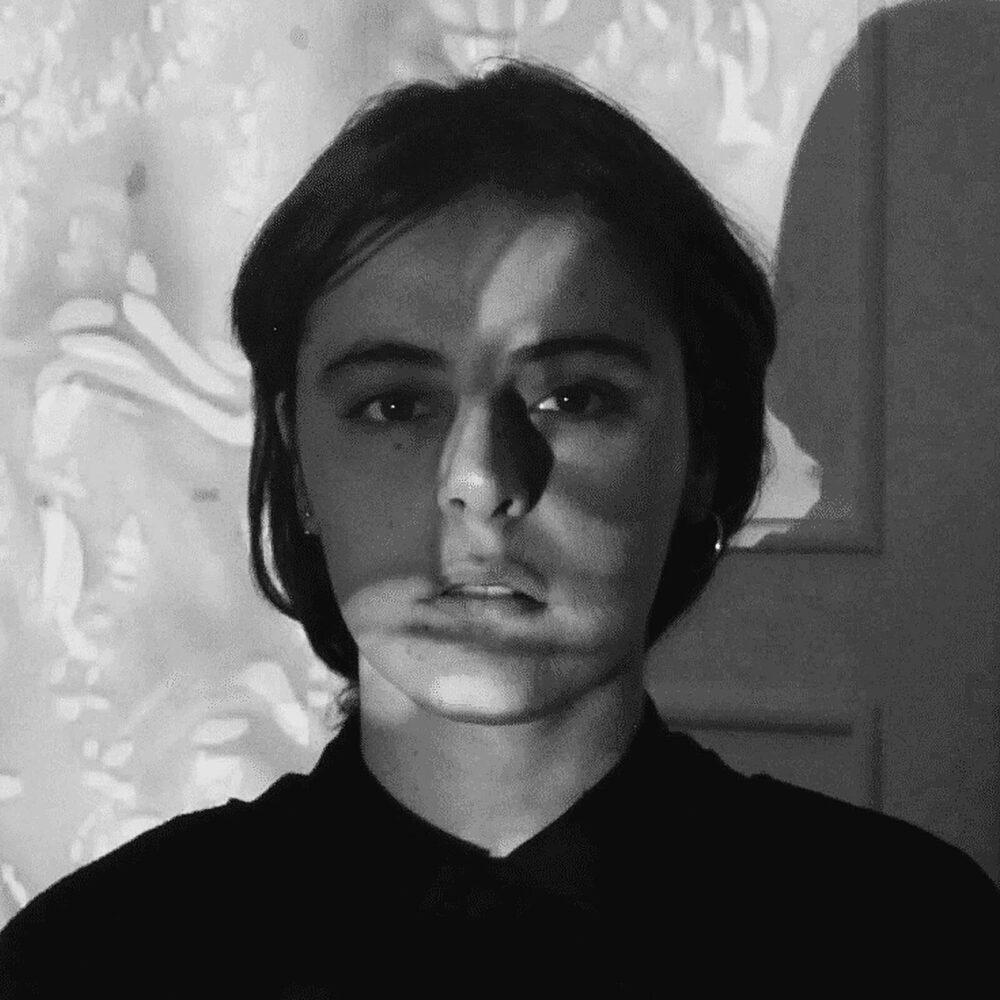
Profile:
Analucia Roeder
Analucia Roeder is a Lima-based multimedia artist working across documentary, live visuals, generative art, and VR. Currently part of MUTEK’s AMPLIFY D.A. cohort, her 2016 documentary Cocachauca (2016) was awarded Most Innovative Film at Argentina’s CINECIEN and she premiered her first solo VR experience, Inside A at London’s Sommerset House Studios.
Soundbite:
“I think not only of the trust audiences have in artists, but that we artists have in audiences. Because we are trusted perhaps we feel compelled to overwhelm our audiences’ senses.”
Analucia Roeder, underscoring that less is indeed more
Soundbite:
“Is there a way to redomesticate our senses? Is there a need for it? If we think of silence or emptiness as an invitation to create, why aren’t we addressing our audiences as curious minds, that are not only there to be amazed, but there to take part in a conscious process.”
Analucia Roeder, suggesting that spectacle is highly overrated
Reference:
The loudness war is the name of the trend of increasing audio levels in recordings over the last four decades. The shift from analog media to the (digital) compact disk ushered in myriad signal processing possibilities, including enhanced dynamic range compression and equalization, which has resulted in engineers amping up intensity in search of a ‘hotter’ sound. “Waging the Loudness War means finding new and better ways to decrease or ‘compress’ dynamic range, so that a record’s average levels are nearly as high as the peaks,” writes Greg Milner in a chapter dedicated to the ‘wars’ in Perfecting Sound Forever (2009).
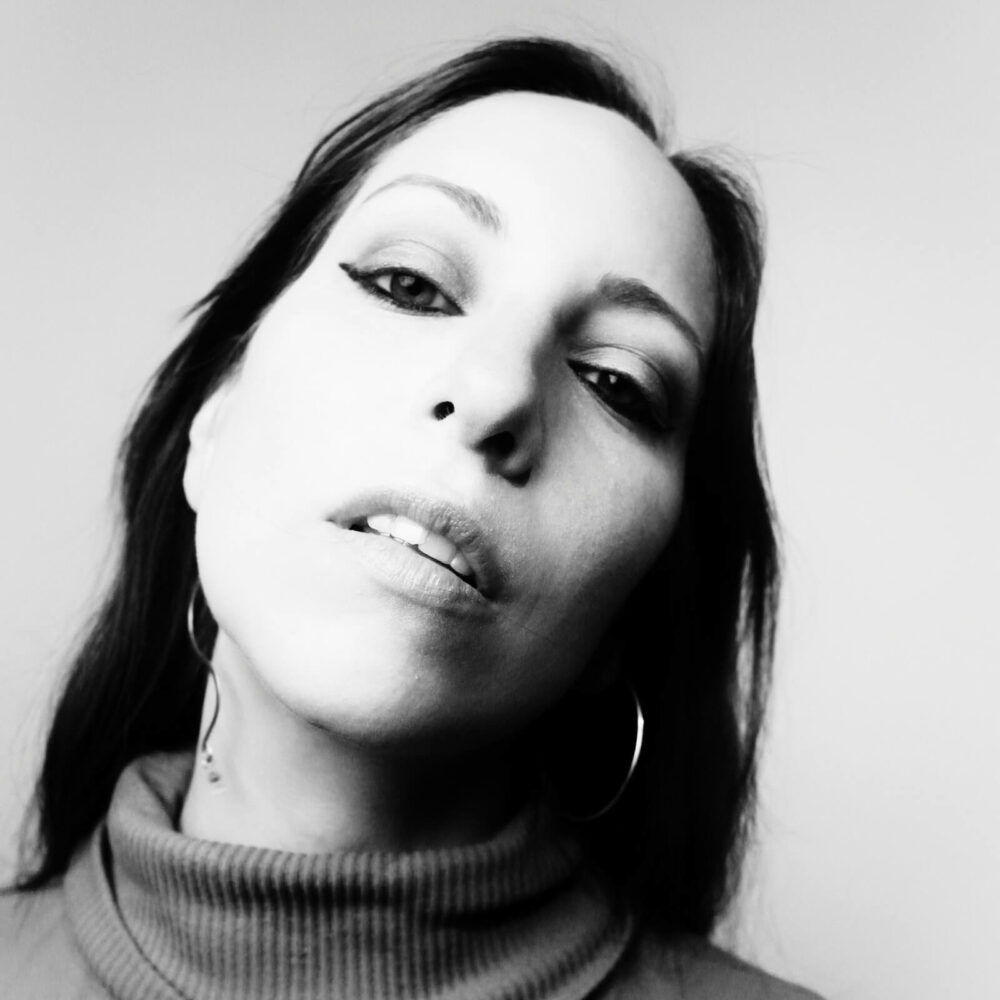
Profile:
Sol Rezza
Sol Rezza is an Argentinean composer and sound designer fusing experimental electronics with immersive audio. A specialist in audio spatialization and digital storytelling, she develops her work in virtual environments and live performances moving between art, psychoacoustics, and technology. Her work has been featured at festivals including CTM Festival & Deutschlandradio Kultur (DE), MUTEK (CA), and File Prix Lux Festival (BR).
Soundbite:
“AI has had a significant impact on workflow. Assisted mixing, assisted mastering, and assisted composing are all increasingly prominent. As artists we know that any intervention has crucial impacts on our processes. But most of the time these processes are overlooked.”
Sol Rezza, on how algorithmic ‘optimization’ and ‘streamlining’ are more insidious than we might think
Soundbite:
“Androids may not dream of electric sheep yet, but they have much more impact than that—they make decisions for us.”
Sol Rezza, on what we give up when we hand the reins over to automated systems
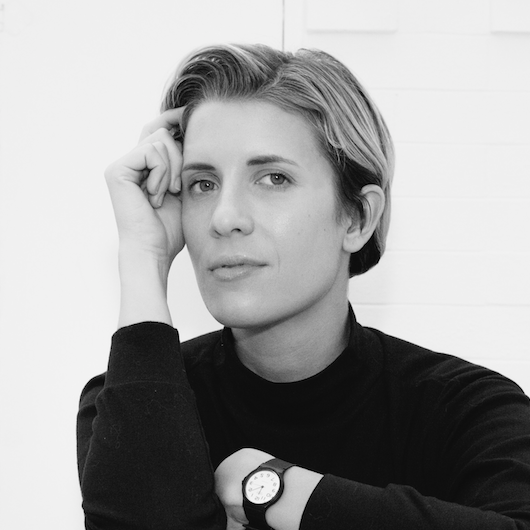
Commentary:
